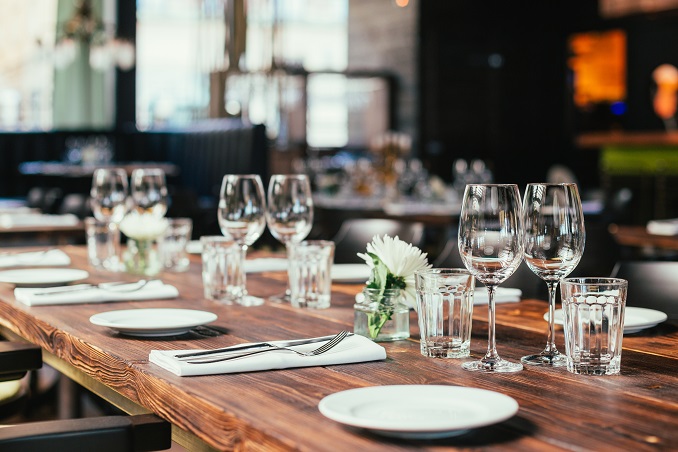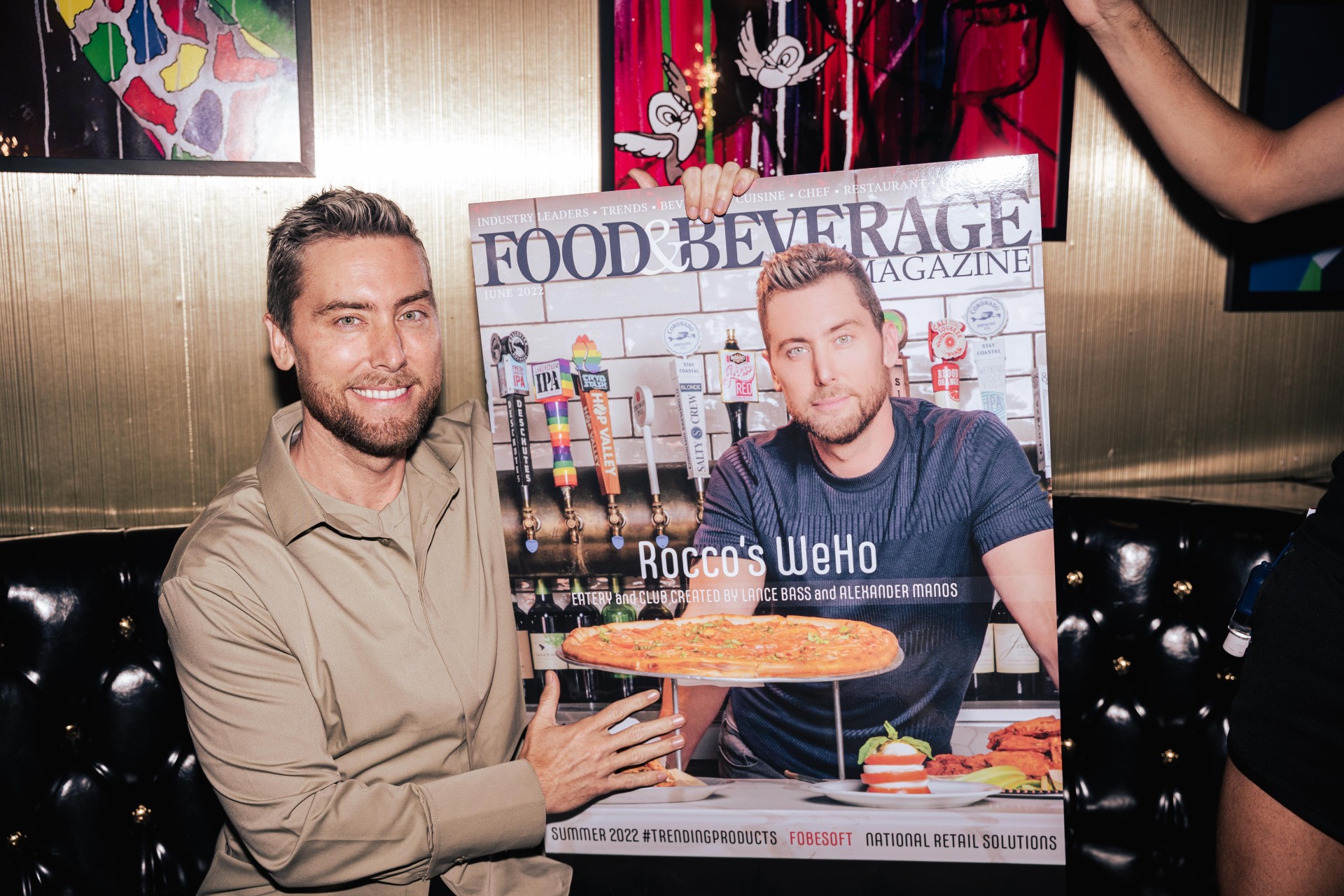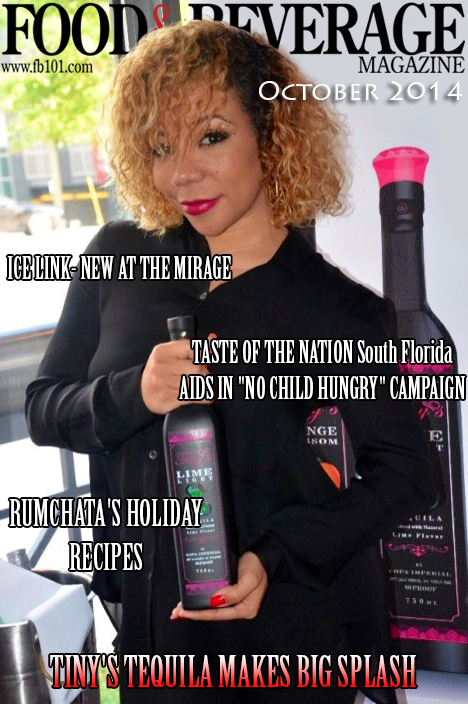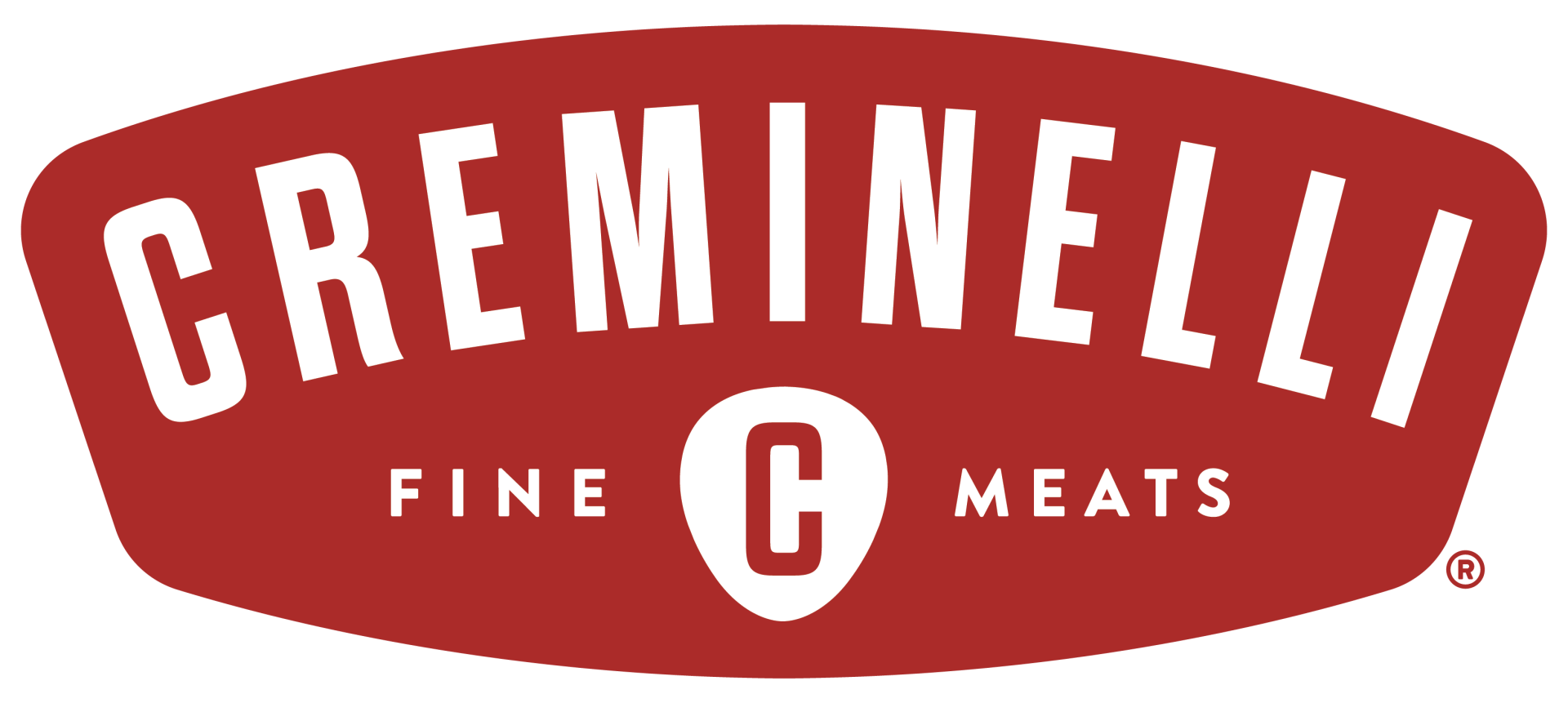By Harlan Watkins and Geoffrey Macbride
Guidelines for Operating During the Pandemic
The Covid-19 pandemic has upended the restaurant industry, creating a host of new concerns and dangers. Chief among them is how to reopen and safely operate. Public health officials recommend social distancing and masks as the best means of preventing infection from the coronavirus. However, this is antithetical to the dining industry which is built on bringing people together. While safety concerns and economic realities may seem mutually exclusive, they are not. A well-documented, comprehensive reopening/operation plan can achieve both.
Creating a strong Covid-19 operating plan can not only protect your employees and instill confidence in your customers, it can protect your business from the wave of Covid-19 litigation which is likely to emerge as the country reopens during the pandemic. This article provides some tips and guidance for creating policies and procedures for reopening and operating during the pandemic. The primary focus is to lay the defense groundwork for the coming coronavirus litigation arising from patrons who allege they contracted Covid-19 while dining at your restaurant.
What a Likely Covid-19 Case Would Look Like
The anticipated fact pattern for a typical claim will consist of a customer claiming they contracted Covid-19 at a restaurant because of insufficient safety policies and procedures. The restaurant will claim its safety measures were adequate and the customer was infected elsewhere. Whether safety measures were adequate is usually determined by a jury with the benefit of expert testimony. The jury will have to decide whether the restaurant acted the same as a reasonably prudent person would in the same or similar circumstances. In other words, the jury will be asked whether the restaurant actions were reasonable. The defense your attorney can mount, and what the jury will think about your restaurant and its care for its customers, will largely depend on your reopening/operating plan. The stronger the plan, the stronger the defense. In other words, if your plan makes a stranger comfortable in taking their parents and children to your restaurant, you are moving toward a strong and defensible reopening plan.[1]
Start from a Strong Foundation
The best plans starts with the best information available. Admittedly, this is moving target as our understanding of Covid-19 continues to evolve. Review the most recent guidelines from government and industry standard bearers. The California Department of Public Health (cdph.ca.gov/covid19) and National Restaurant Association (restaurant.org/covid19) provide detailed guidance on policies and procedures for reopening. Once you have made a plan, frequently check back and update your plan as needed.
The Plan Must Be Thorough and Written
The California Department of Public Health guidelines recommend creating a written worksite-specific plan for every restaurant location. This plan will form the foundation of your defense. Its strengths and weaknesses will impact every aspect of your case and set the tone of the litigation. The plan must touch on every aspect of your business. This will be a comprehensive and time-intensive endeavor. As you draft your plan, keep in mind that, if you are sued, you will have to explain your reasoning to a judge or jury.
Document Everything
In litigation, if it is not written down, it did not happen. This includes both your plan and its implementation. A plan is only as good as its execution. Even the most detailed plan is useless if it is not followed. Provide the plan to every employee, read through it with them, and document your training. Record when meetings are held, who attends, and what is discussed. When you are operating, make sure that the new policies are being followed and document these checks. While this may seem excessive, thorough documentation creates a strong defense. It can even stop litigation before it begins. Answering an attorney’s demand letter with a trove of documents that undercut what his client told him will make him think twice before filing suit.
Set Consistent Routines That Are Easy to Follow
While it is ideal to document every aspect of your Covid-19 preventative measures, it likely is not feasible or practical. When this is the case, use a consistent, easy to follow routines which you ensure is followed. A strictly followed routine creates a strong defense. Litigation is slow and starts months, if not years, after the underlying events occurred. It is possible that you could find yourself sitting in a deposition testifying about service from three years earlier.
Read Also: Valrhona Brooklyn Launches Virtual Pastry Classes – F & B
Remembering the specific service given to a particular customer three years ago is difficult to impossible in the best of circumstances. This is where consistent routine is invaluable. It allows both you and your employees to confidently testify about exactly happened for this particular customer because that is what happened with every customer. A routine also reinforces the documentation discussed above. Being able to point to a policy and confidently testify that this was what was followed with every customer is powerful in litigation.
Notice, Notice, Notice
Increased notice is an increased defense. Clearly display the conditions of entry and the rules for dining at the entrance, on disposable menus (if you are using them), and on your website. Specific rules regarding specific parts of the restaurant (bathroom, one-way walking, where to wait for a table) should be placed at those locations. Finally, while all of your customers are undoubtedly aware of the dangers posed by the pandemic, it is a good idea to restate the risks customers take when dining out. This notice should be included with your rules and conditions at the door and on your menus and website. It is also a good idea to have the server reiterate the rules and notice once the customer sits down. Your goal is to ensure your customer aware of the risks they assume by dining at your restaurant.
Consider Using a Waiver
Including a waiver with your policies and procedures is worth considering. While a waiver is not a silver bullet to knock out litigation, it can significantly strengthen your defense. Signing a waiver could be a condition of entry or on the menu. If your menu is accessed by cell phones you could require the customer acknowledge they read, understood, and agree to the waiver before they can view the menu. No matter which method you choose, if you are considering using a waiver, consult with experienced counsel to draft it.
The above is a generalized outline for restaurants. The particular policies and procedures necessary to create a strong defense will vary from restaurant to restaurant. The above is not legal advice and should not be relied on as such. When in doubt, have an experienced attorney familiar with restaurants and hospitality review your policies prior to distribution to your staff and prior to opening your doors.
Harlan Watkins is a senior shareholder at Murphy Pearson Bradley & Feeney and his practice includes defending restaurants against a variety of tort claims. He has successfully defended restaurants in a host of disputes over his 25-year career. Watkins has been recognized as a Northern California Super Lawyer every year from 2013-2019. He can be reached at hwatkins@mpbf.com.
Geoffrey Macbride is a trial attorney at Murphy Pearson Bradley & Feeney and is known for his pragmatic approach to litigation. His practice focuses on defending attorneys against malpractice claims and business owners in a variety of contractual and tort disputes. He can be reached at gmacbride@mpbf.com.
[1] Obviously, causation will also be an element for the plaintiff to prove in such a claim. A discussion about proving causation is beyond the scope of this article.








